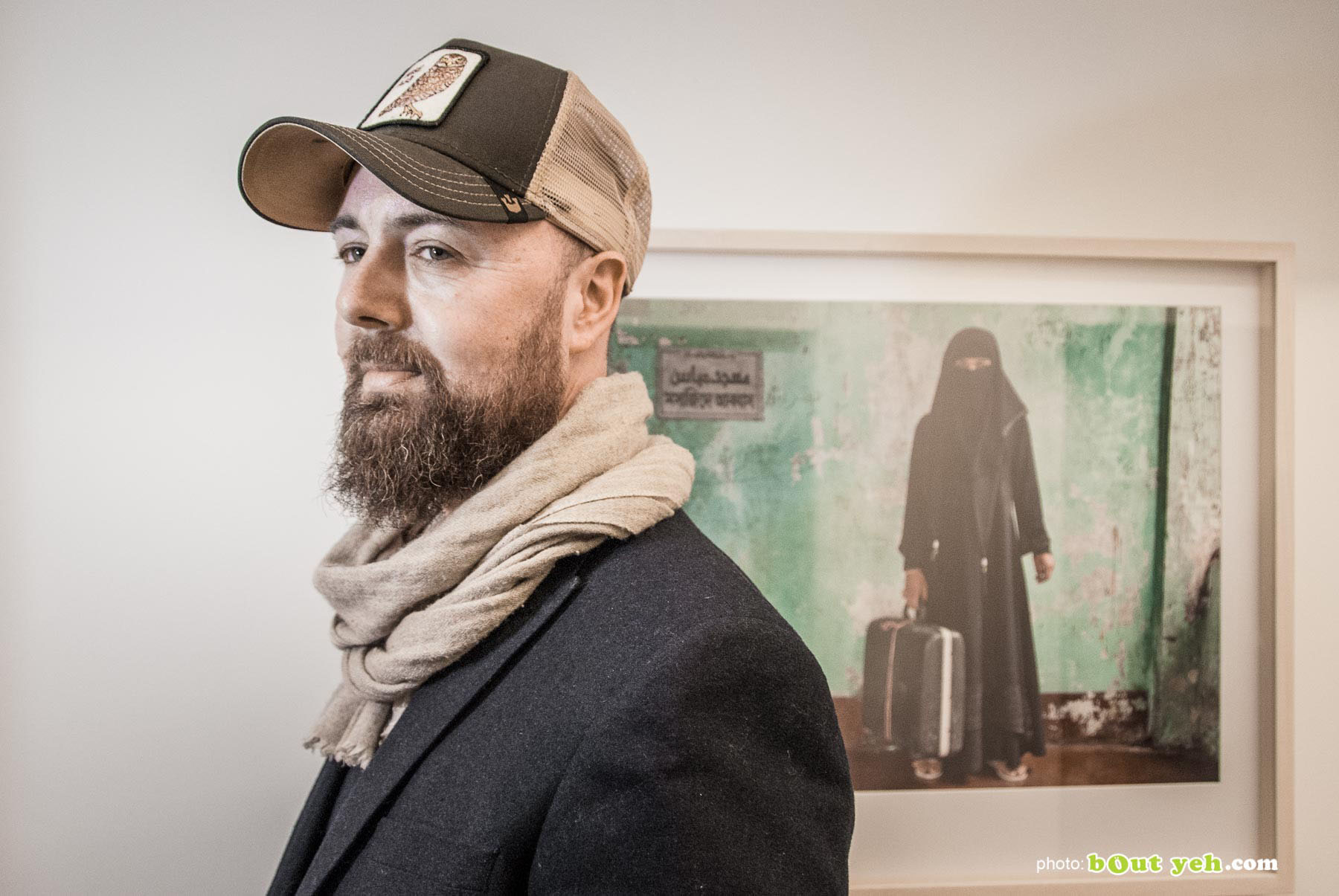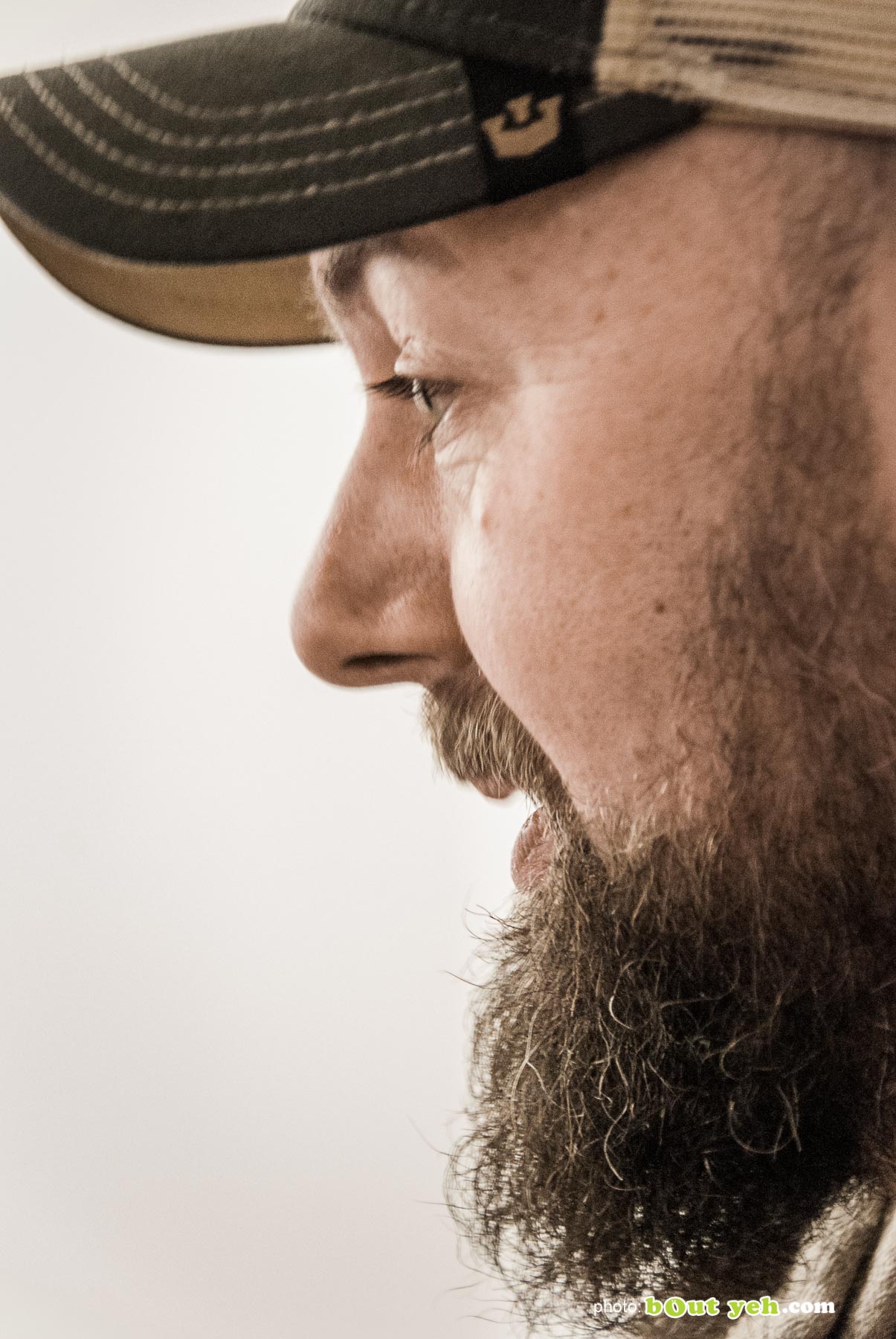
Rohingya.
Photographing tragedy has an effect one everybody. And it took me a wee while longer than it should to realise that.
It manifests itself in different ways. Some people develop relationship or drinking problems.
You don’t just become depressed, there are reasons for getting it. Talking about it is the most important thing.
My winning the Pulitzer for my photography of the Rohingya was a double edged sword. On the one hand you are very honoured to win, yet it’s not very nice to think you are winning something for documenting somebody’s grief. You don’t apply but are nominated to receive a Pulitzer.
On a professional level it’s amazing, but knowing the stories behind the images you won the Pulitzer for is very bitter-sweet.
When I was young and living at home in Cushendall, County Antrim, a friend of the family, Brendan Murphy, was the picture editor of the Irish News newspaper. He got me into photography.
I would accompany Brendan on photoshoots when he was shooting in the neighbourhood where I lived. I would go along and watch him work.
When I was young I didn’t know that I wanted to be a photographer. I went in to this thing I had never done before, gave it shot, and I have done nothing else since.
I admire any of the good photographers around today that are covering the news, including Don McCullin and Sebastiao Salgado.
I don’t like to be pigeonholed into being a photographer of one specific type. I enjoy fashion photography and fine art photography also.
I like to take aspects of all of that and try and incorporate it to my work. When I started out in photography, Larry Burrows was an idol.
A warm fire, walking my dog and a pint of Guinness make me happy.
Not having pint of Guinness makes me sad.
Photograph: Bout Yeh (Stephen S T Bradley)
A Rohingya refugee arrives at a camp in Coxs Bazar, Bangladesh, September 18, 2017. REUTERS/Cathal McNaughton – photo by Cathal McNaughton shared by Bout Yeh photographers Belfast
Rohingya refugees scramble for aid at a camp in Cox’s Bazar, Bangladesh – photo by Cathal McNaughton.
A Rohingya refugee stands beside the remains of his father, whose family says he succumbed to injuries inflicted by the Myanmar Army before their arrival, in Cox’s Bazar, Bangladesh – photo by Cathal McNaughton
Rohingya refugees shelter from the rain in a camp in Cox’s Bazar, Bangladesh – photo by Cathal McNaughton
Cathal McNaughton pitcured with one of his Pulitzer winning images at Belfast Exposed Gallery, Belfast
Cathal McNaughton (Glens of Antrim) – at Belfast Exposed Gallery, Belfast.
Some of Cathal’s Exhibition, Rohingya, can be seen at https://www.belfastexposed.org/exhibitions/rohingya/
and at photo gallery *Belfast Exposed from 5th March – 20th May 2020
* due to Covid-19 we would suggest contacting the gallery before visiting.
Photography of Cathal McNaughton: Bout Yeh photographers Belfast
Share YOUR STORY!
What makes you happy | What makes you sad | What’s on your mind
More stories below
about humans of Belfast
BOUT YEH STORIES


0 Comments